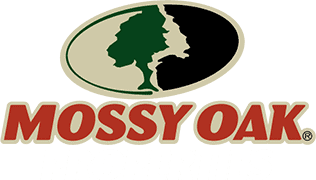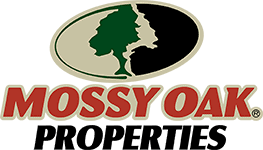The benefits of buying land may be simple to understand, but that doesn’t mean owning land can’t come with its own unique complexities. Case in point: easements.
Let’s say you purchase some land for you and your family to hunt on. Your name may be on the deed, but that doesn’t mean others may not have a legal right to use the land as well. For instance, the land may feature an easement that allows a local utility company to make use of the property.
At the same time, if property you own is “landlocked,” an easement may be the only way to have legal access to the property.
Having an easement on your land isn’t necessarily a bad thing, but it is important to understand what it means for your land, as well as the different ways easements can be used.
“The importance of easements usually depends on which side of the transaction that you find yourself on,” said Lucas Edington, a broker-owner with Mossy Oak Properties Mozark Realty in Poplar Bluff, Missouri. “If they cross your land, you probably don’t care for them. However, if you find yourself needing an easement to access your property then the priority becomes obvious. Many folks are of the impression that no landowner may prevent another from entering their land, but our experiences have led us to believe this is indeed false, to a certain degree. Many disagreements involving easement issues find their way to the local court system.”
Edington went on to say some of the most common types of easements are utility easements, such as those used by natural gas and electric companies, as well as right-of-way easements used by state and county transportation authorities.
“Another type of easement that can often be overlooked is a conservation easement, which essentially imposes deed restrictions that stay with the property perpetually,” Edington said. “One example of such a scenario would pertain to the Ozark National Scenic River ways in Southeast Missouri. The land remains privately held, but certain activities such as logging and pesticides are banned to protect the environment and natural state of the area.”
What are the different types of easements?
Oftentimes, easements are necessary for a person to access his or her land. If a piece of real estate is landlocked, an easement may be the only way a person will be able to reach it.
The most common types of easements into three categories:
• Easement in gross: This is when a property right is awarded to an individual or legal entity, not the property itself. An example would be a utility company having access to a property to maintain their power lines.
• Easement by necessity: This is when an individual has the right to travel over someone else’s property in order to reach a landlocked parcel.
• Easement by prescription: This is an implied easement that becomes binding if someone uses part of a property continuously, without the landlord’s consent and while clearly observed by others for a certain number of years.
Of course, there are other easement types landowners may come in contact with, such as easement by prior use, easement by estoppel and easement by government. Additionally, the specific laws regarding easements can change depending on the region.
Working with professionals and thoroughly researching any easements attached to your land are good ways to ensure you’re not caught off guard.
Protecting your investment
While easements have the potential to give land buyers a headache, a little education can go a long way toward preventing this.
“Buyers should not be afraid of land containing easements, however, they should educate themselves to any and all stipulations regarding said easements prior to purchase,” Edington said. “Thorough title abstract examinations are always recommended, if not required.”
If creating an easement for your land is a necessity, landowners should start with the proper research. They should check public records to see if an easement has been legally obtained, and if not, prepare an easement according to your wishes: time limit, maintenance and limited use as well as a statement to not place undue burden on the land.
If an easement already exists that does not meet your wishes, it might be wise to draw up another one and get users to sign it. Keep in mind, however, that users are not required to sign a new easement just because you created one.
In short, the most important thing to know is what kind of easements you’re dealing with. Before you sign on the dotted line, you should fully understand what complications you may have to contend with, as well as what remedies are in order.
Easements may complicate land ownership from time to time, but they’re a necessary buying puzzle that will remain so as long as land continues to be bought and sold.


